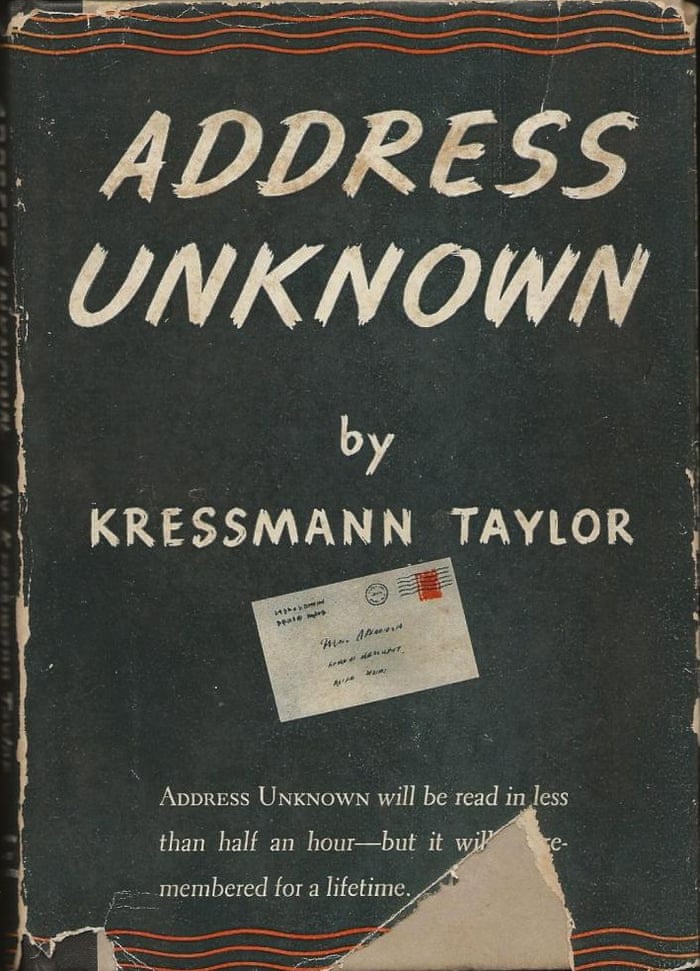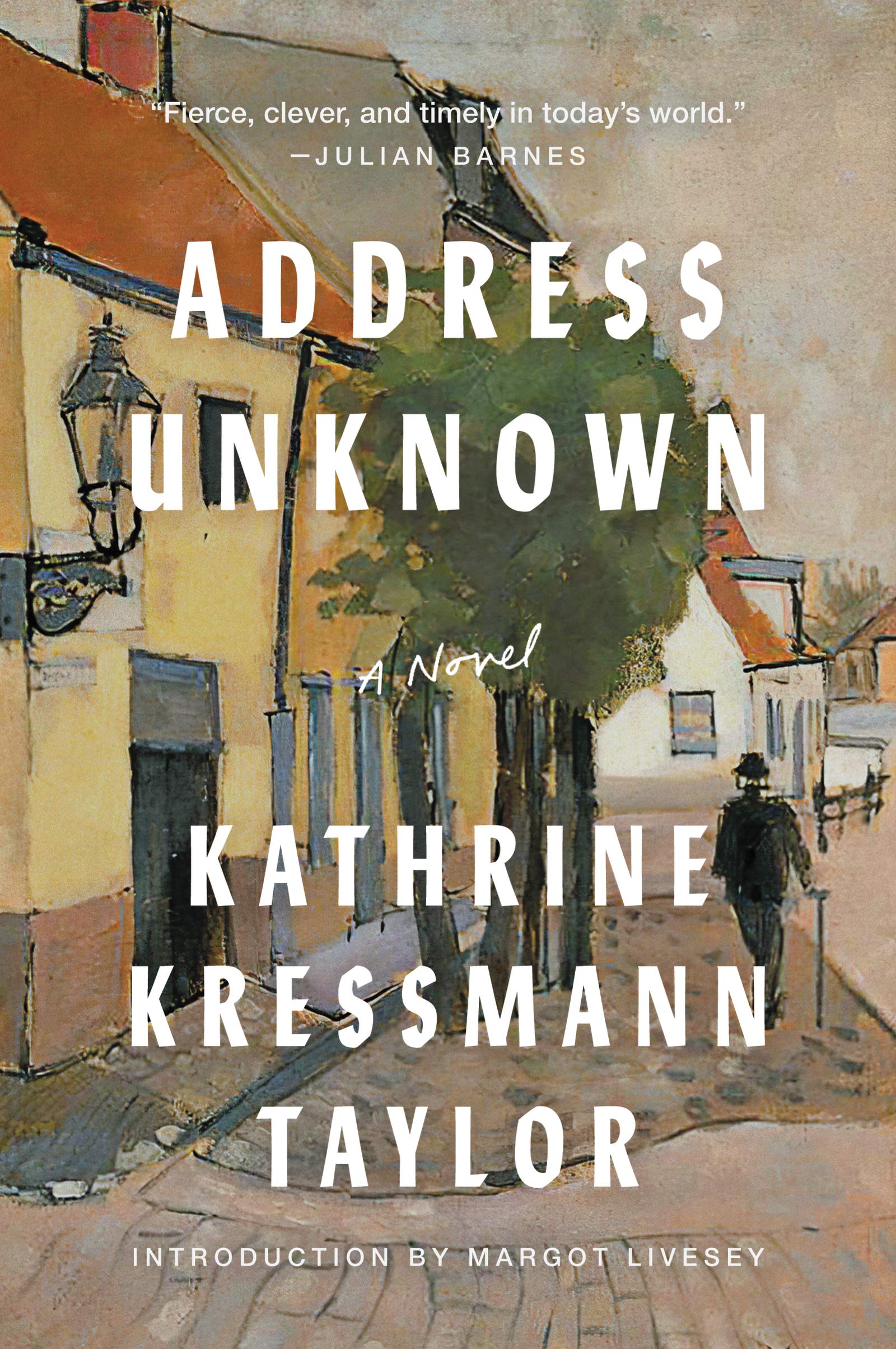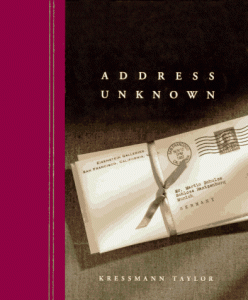Reference




OpenAI's Answer
When "Address Unknown" by Kathrine Kressmann Taylor was first published in 1938, it received a rapturous reaction and significant attention. The novella, originally appearing in Story magazine, became an instant classic and was credited with exposing the dangers of Nazism to American audiences. The publication of the story was a bold move during a time when Americans were generally unaware of the disturbing developments happening in Germany (source).
According to a review from The New York Times Book Review in 1939, "Address Unknown" was described as “the most effective indictment of Nazism to appear in fiction.” The novella was also reprinted by Reader's Digest in 1939 and its poignant narrative resonated deeply with readers (source).
Despite its initial publication more than eight decades ago, the book remains relevant and continues to be read widely. It has been translated into numerous languages and is considered a precursor in the genre of anti-Nazi literature, offering a chilling prophecy of the war and its atrocities (source).

Image Source: Amazon
Follow Up
Related
CHAPTER 2 - Literature Review 2.1. Introduction This chapter undertakes a review of literature to
What are the key contributions to addressing ethnic and socioeconomic disparities in cancer survivor
What motivated Kathrine Taylor to write the novel Address Unknown?
What is the significance of the relationship between Martin and Max in Address Unknown?